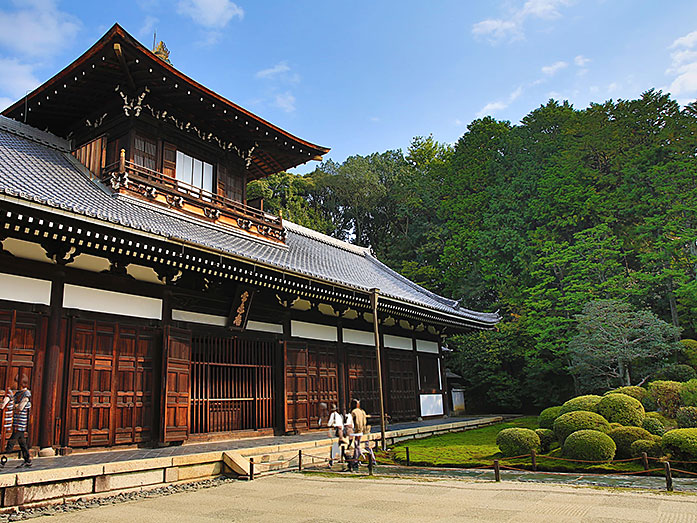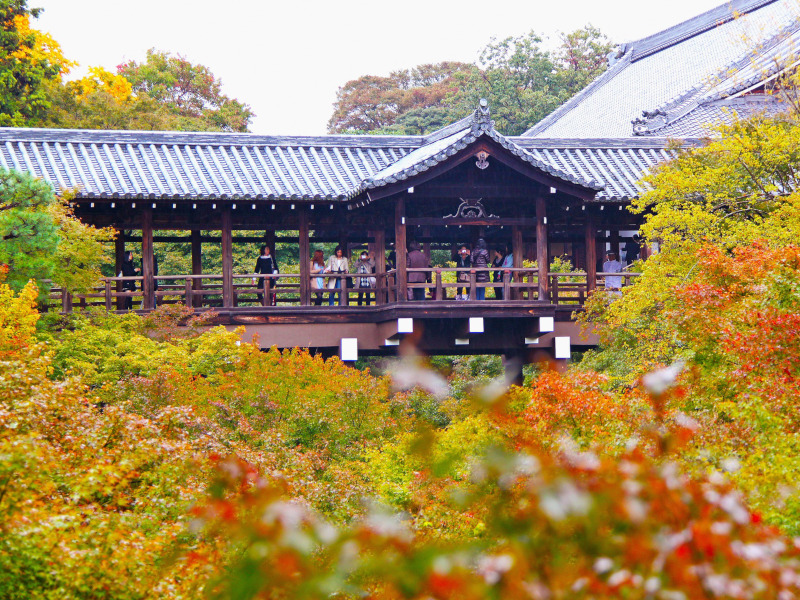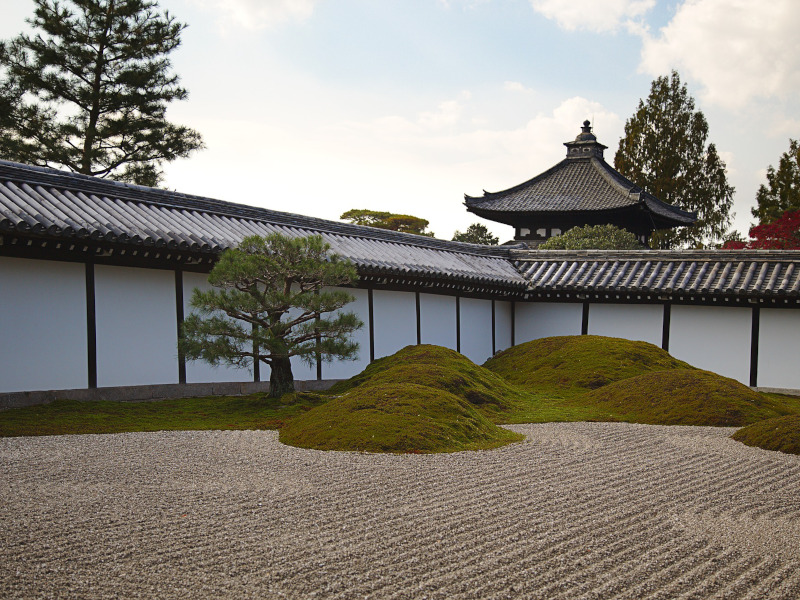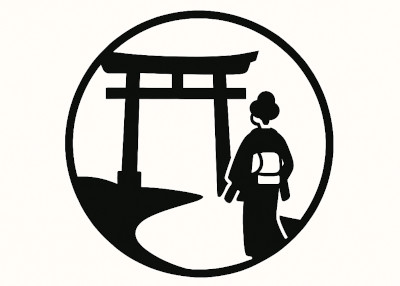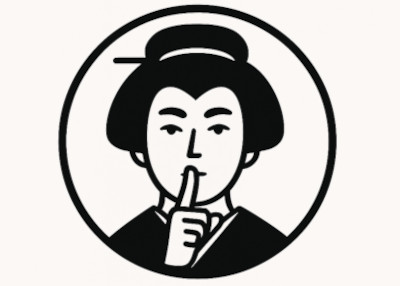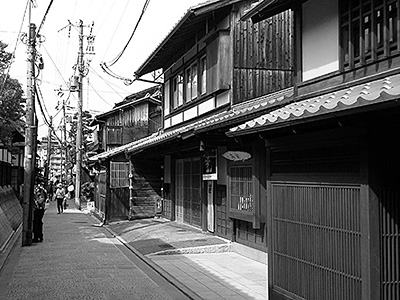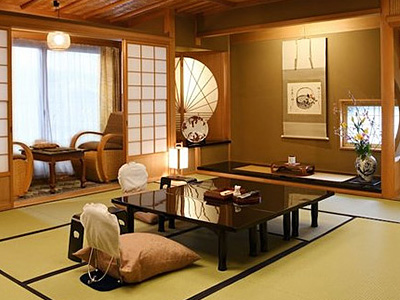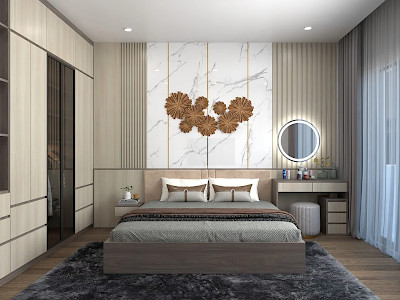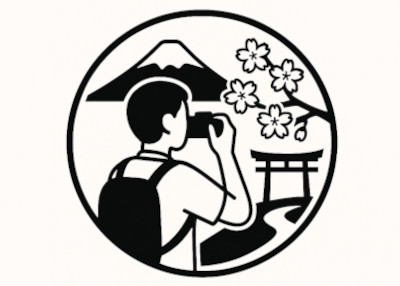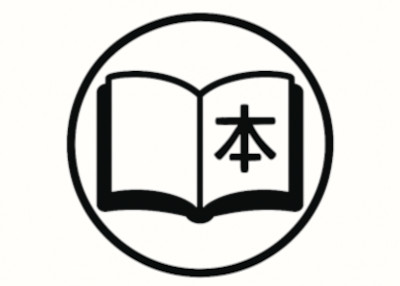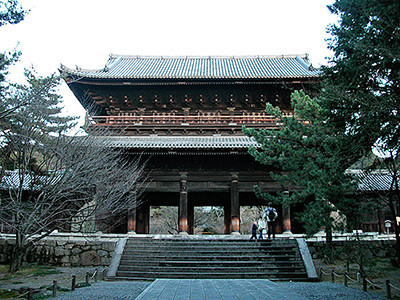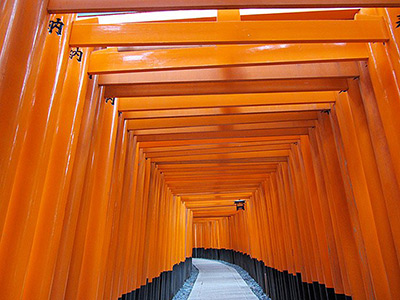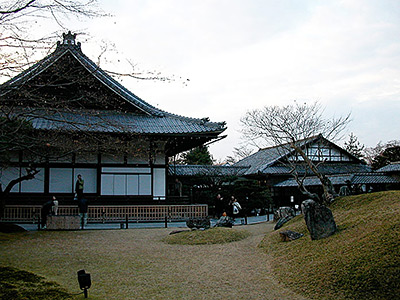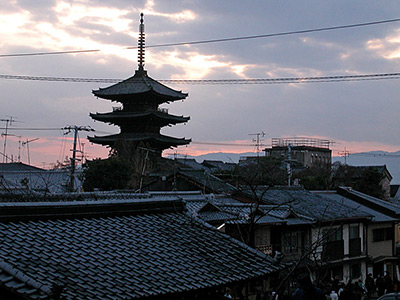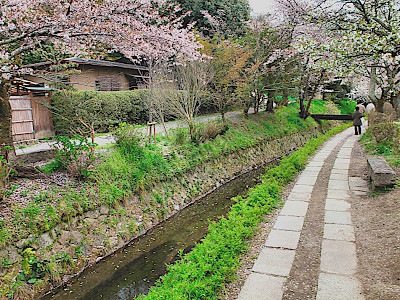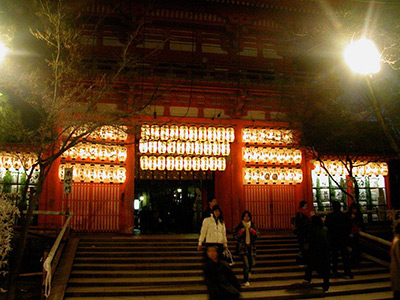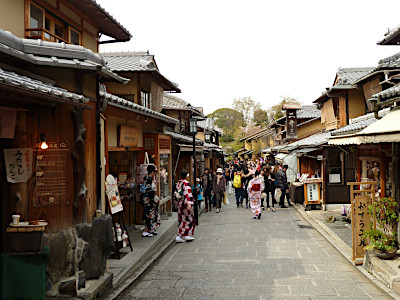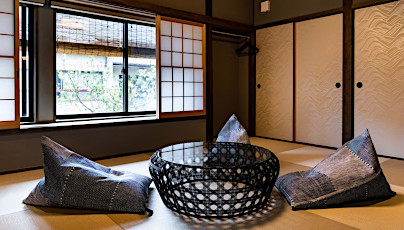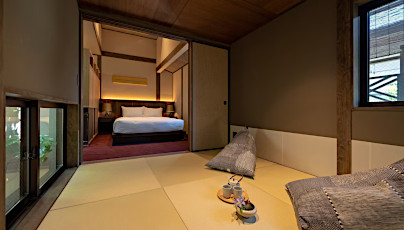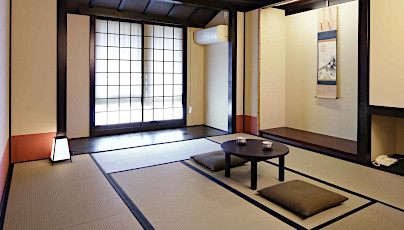Tofukuji Temple in Kyoto
This post can contain affiliate links, which means that we may receive a small commission if you make a purchase using these links.
Facts & Figures
Tofukuji is a Zen Buddhist temple and the head temple of the Tofukuji School of the Rinzai sect. It belongs to the Five Great Zen Temples of Kyoto (Kyoto Gozan), which are Tenryu-ji temple, Nanzen-ji temple (Supervisor Role), Shokoku-ji temple, Kennin-ji temple, Tofukuji and Manju-ji. The wording Tofukuji is a combination of parts of famous temple names from the city Nara. To - comes from the Todaiji Temple and fuku from the Kofukuji Temple. It expressed the desire of its founder to match those temples from Nara in their greatness. The Tofukuji complex consists of 24 sub-temples and covers an area of 240000 m2, which makes it the largest in Kyoto. The place is known for its unique garden architecture, the oldest Zen gate (Sanmon) in Japan, the colorful leaves of its maple trees (momiji) during autumn, and a 100-meter-long covered wooden bridge with spectacular views. There are two paid areas which are Hojo (Abbot’s Quarters) and Tsutenkyo Bridge together with Kaisando Hall.
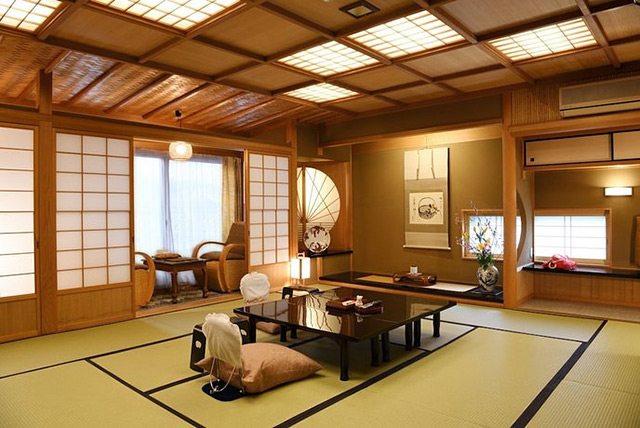 Experience the Ultimate Japanese Hospitality at a Kyoto Ryokan.
Experience the Ultimate Japanese Hospitality at a Kyoto Ryokan. Find Your Perfect Ryokan Now >
- Tofukuji Temple:
- Opening Hours - 9:00 am to 4:30 pm (April till October)
- Opening Hours - 8:30 am to 4:30 pm (November till begin of December)
- Opening Hours - 9:00 am to 4:00 pm (begin of December till March)
- Closed - always open, whole year
- Admission Fee - 400 yen (Tsuten-kyo & Kaisan-do), 400 yen (Hojo Hasso Garden)
History
Tofuku-ji was founded in 1236 by Kujo Michiie (1193 - 1252), an imperial chancellor and a great statesman of the Kamakura period (1185 - 1333). It took him 19 years to complete these buildings. The monk Enni Ben’en (1202 - 1280) became the founding priest of the temple complex. The temple burned down in 1319, 1334 and 1336. The surviving Zen structures/buildings of the Muromachi Period (1333 - 1573) were Shoro (belfry), Zendo (meditation hall), Yokushitsu (bath), and Tosu (lavatory). During the 15th century, the temple including the Sanmon Gate was rebuilt by shogun Ashikaga Yoshimochi (1386 - 1428). In 1881 a big fire destroyed the Main Hall (Hondo), Abbot’s Quarters (Hojo), and the Buddha Hall. Out of those 3, the Buddha Hall was unfortunately never reconstructed. The Sanmon Gate got the status of a National Treasure Building in 1952.
Location

Tofukuji Temple is located within the Higashiyama district in Kyoto.
Address: 15 Chome-778 Honmachi, Higashiyama-ku, Kyoto, 605-0981
How to get to Tofukuji Temple?
- 10min walk from Tofukuji Station served by JR Nara and Keihan Main Line or
- 10min walk from Tofukuji Bus Stop served by Kyoto City Bus 208
Sightseeing spots at the temple grounds
Top:
Tsutenkyo Bridge - This 100m long bridge connects Kaisando Hall with Hondo Hall and offers great views during the autumn season (mid-November). The bridge is surrounded by appr. 2000 maple trees (momiji). The name of the bridge can be translated to - bridge crossing heaven.
Kaisando Hall (Founders Hall) - The mausoleum of the temple´s first head priest Enni Ben’en (1202 - 1280) is located here. You will find inside a statue of Enni. It is the perfect place for meditation and prayers. Do not miss the beautiful moos and rock gardens in front of the building.
Sanmon Gate - The oldest Zen gate in Japan was rebuilt after a huge fire in 1425. It with a height of 22 meters stretched over 2 stories a really impressive sight. On the top floor, you will find many Buddhist statues made during the Heian Period (794 - 1185) by sculptor Jocho (who died in 1057). Do not miss the beautiful paintings on the ceiling by Cho Dentsu, a.k.a. Mincho (1352-1431).
Hondo (Main Hall) - The hall was reconstructed in 1934. Inside you will find a painting of a dragon (Soryu-zu) on the ceiling by modern artist Insho Domoto (1891 - 1975). You can visit the Main Hall only from the 14th - 16th of March for the memorial of the death of Buddha. During the rest of the year, the place is closed to the public.
Hojo (Abbot’s Quarter) - The current building dates back to 1890. It was reconstructed after a huge fire in 1881. It is located at the center of the temple complex and for an entrance fee of 400 yen you can see the well-known Hasso Gardens.
Zen Hasso Gardens - These 4 gardens (Hasso-no-Niwa) are located on the north, south, east, and west sides of the Abbot’s Quarter (Hojo). The garden designer Shigemori Mirei (1926-89) created these pieces of art in 1939. The moss and stone gardens are a great representation of modern Zen Buddhist gardens.
Southern Garden - The main features are four groups of rocks (representing the Chinese Isles of the Immortals) and artificial hills (representing the mountain temples of Gozan) in raked gravel. It is the largest of the four gardens.
Western Garden - The garden features square azalea bushes in Chinese fashion, which represent rice paddies.
Northern Garden - Here you can see seven cylindrical standing pillars in raked gravel re-used from the old foundation stones of the temple’s latrine. The pillars represent the constellation of the seven northern stars of the Big Dipper (or the Plough).
Zendo - The meditation hall was built in 1347. It is the largest and oldest in Japan and has the status of a designated cultural property.
Tosu - The oldest lavatory building in the country, dating back to the Muromachi Period (1333-1573) was used by more than 100 priests in the past.
Festival & Events (dates can change without notice)
April
Miyako Odori (1st - 31th)
The traditional annual spring dance of the Kyoto district Gion Kobu performed by Geiko and Maiko is a must-see on your Kyoto visit. Don't miss the most popular dances the Miyako Odori "Cherry Blossom Dances" or "Dances of the Old Capital" at the Gion Kobu Kaburenjo Theater (located close to Gion Corner).
May
Aoi Matsuri (15th)
The highlight of this festival is a large parade from the Imperial Palace through the Shimogamo Shrine to the Kamigamo Shrine. More than 500 people wearing aristocratic costumes from the Heian Period (794 - 1185). The Aoi Matsuri belongs with the Gion Matsuri and Jidai Matsuri as the three most famous festivals in Kyoto.
July
Gion Matsuri (whole month)
The month of July is full of different events like the Yoiyama - Kyoto's Magical Night (locals in kimonos look at the giant Gion floats the day before the parade) or the famous Yamaboko Junko (float procession on the 17th of July).
October
Jidai Matsuri ("Festival of Ages") (22nd)
People celebrate with a large parade between Imperial Palace to Heian Shrine the anniversary of the foundation of Kyoto. App. 2000 participants wearing historical costumes from different time periods. Enjoy this great festival which lasts around 2 hours.
Where to stay in Kyoto?
Book your Flight Tickets and Rental Car for your Japan trip
Day trips from Kyoto:
Travelers who viewed Tofukuji viewed also:
Top rated - Best Machiya Houses in Kyoto
THE MACHIYA Ebisuya, 192 Ebisuya-cho Shimogyo-ku, Kyoto 600-8062
This 3-star guesthouse got an excellent rating. All 30 individually furnished rooms offer free WiFi, air conditioning, bathrooms incl. toilets, fridges, 40-inch flat-screen TVs, and more. THE MACHIYA Ebisuya is located in central Kyoto.
View on Expedia.com
This 3-star guesthouse got an excellent rating. All 30 individually furnished rooms offer free WiFi, air conditioning, bathrooms incl. toilets, fridges, 40-inch flat-screen TVs, and more. THE MACHIYA Ebisuya is located in central Kyoto.
View on Expedia.com
The Machiya Kazahaya, 570-6 Kazahayacho, Shimogyo-ku, Kyoto, Kyoto, 600-8475
The Machiya Kazahaya offers for all guest rooms free WiFi, air conditioning, safes, bathrooms with toilets, refrigerators, and much more. Enjoy also the beautiful Japanese Garden. Guests gave this property the rating - Exceptional.
View on Expedia.com
The Machiya Kazahaya offers for all guest rooms free WiFi, air conditioning, safes, bathrooms with toilets, refrigerators, and much more. Enjoy also the beautiful Japanese Garden. Guests gave this property the rating - Exceptional.
View on Expedia.com
Kyomachiya Ryokan Sakura Urushitei, 425 Kichimonjicho, Shimogyo-ku, Kyoto, 600-8069
This beautiful 3-star guesthouse offers 32 rooms with free WiFi, air conditioning, bathrooms incl. showers and toilets, refrigerators, and much more. Enjoy also the relaxing indoor public bath (no minerals). Guests gave this property the rating - Wonderful.
View on Expedia.com
This beautiful 3-star guesthouse offers 32 rooms with free WiFi, air conditioning, bathrooms incl. showers and toilets, refrigerators, and much more. Enjoy also the relaxing indoor public bath (no minerals). Guests gave this property the rating - Wonderful.
View on Expedia.com

